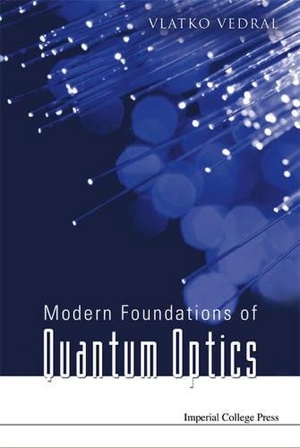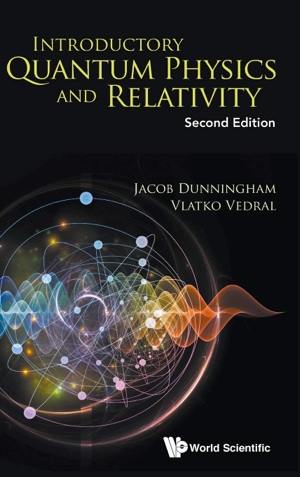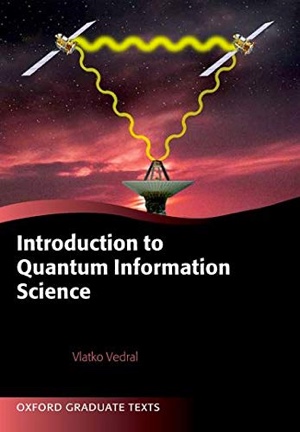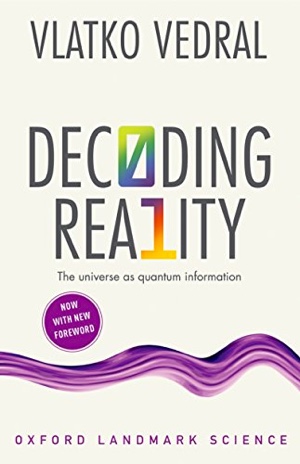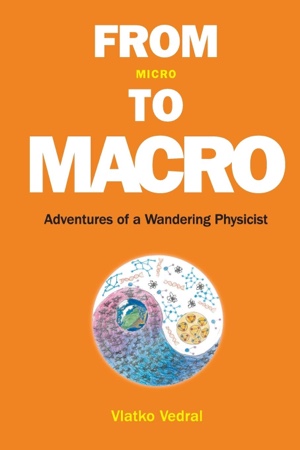The Principle of “No Minor Tweaking”
The fact that quantum physics is somehow “tighter” than classical has been advocated a number of times by many different people. A tighter description of reality usually is considered a better explanation for the observable phenomena, but what does ‘tighter’ actually mean? Roughly speaking, it means that the mathematical structure underpinning the laws of quantum physics is such that a small change in one of its laws has a dramatic effect to the point of making the physics described by the slightly modified theory completely nonsensical.
For instance, the quantum laws of dynamics are linear. This means that if a particle evolves in time by moving from a place A to a place C and from a place B to a place D, then, if the particle is in the superposition of being in the place A and place B (i.e. it is in both of these places at the same time), it will evolve into a superposition of being in places B and D.
The linearity of quantum physics leads to the no-cloning theorem, quantum entanglement, Schrödinger’s cats and all the important recent applications such as quantum cryptography and quantum computation. But it has been questioned by various people, mainly due to their belief that quantum superpositions might collapse at some point, such as when a measurement is made (you might have noticed, by reading my other blogs, that I disagree with this view, and what follows will provide you with a partial rationale for my thinking).
There are non-linear modifications of quantum physics, but they usually suffer from grave difficulties. “Non-linear” means that two different states could actually deterministically evolve into one and the same state. So for instance, when we measure the particle initially in a superposition of places A and B, we might observe it at B. But, imagine that when the particle is in a superposition of places B and C and we measure it, we also always obtain B. This is possible according to one of those non-linear tweaks of the Schrödinger equation. It simply means that what happens to the states individually is very different to what happens when they are in a superposition.
Making the Schrödinger equation non-linear, however, gets us into trouble with some other principles we hold dear. For starters, it allows us to communicate instantaneously at arbitrarily large distances (using entanglement – I will describe this in one of my subsequent posts). It also could lead to a reduction of entropy of a closed systems, thereby violating the Second Law of thermodynamics (simply because many states are more entropic than fewer and the non-linear dynamics could lead to the reduction in states). In other words, a tiny non-linearity in quantum dynamics gets us immediately into trouble with both relativity and thermodynamics! Make a minor tweak in one of the quantum laws and suddenly we have violated just about all the other important principles of physics.
Now, one could say that the laws of classical physics, in contrast to the quantum laws, could be modified in a number of different ways without obtaining any disastrous inconsistencies. One could, for instance, say that classical physics is full of non-linearities similar to the one I described, but this does not necessarily lead to any huge violations of other principles of physics. In that sense, and a number of other senses that I don’t have the time to go into here, quantum physics is tighter than classical.
In all honesty, however, I am not really sure how exactly to compare classical and quantum physics when it comes to tweaking their basic principles. If we were to compare them in this way, we would first have to decide on what corresponds to the same amount of tweaking in each theory. Secondly, we would have to measure the impact that the same amount of tweaking has in both theories and quantify them in order to be able to compare them. We don’t really know how to do either of these things.
The way things happened historically, both quantum physics and Einstein’s relativity were indeed huge departures from Newtonian physics. We definitely didn’t get from Newton to Einstein or to quantum physics by introducing small modification to Newton’s laws (initially, people did try, but that never worked). The leaps were ultimately so big that the fundamental entities had to undergo a complete revision.
In classical physics, for instance, force is a fundamental entity. In quantum physics, force is replaced by energy. In Newtonian physics, gravity is a force. With Einstein, it becomes a geometry of space and time — completely different from the original Newtonian conception. This is why quantum physics and relativity are talked about as `revolutions’.
So it is perfectly clear that new theories in physics are huge departures from the old ones, although they always contain the old theories in some special limits. But are quantum physics and relativity the tightest that the laws of nature could be? If not, could the “tightness of the laws” be a principle to guide us to the ultimate laws of nature that lie beyond quantum physics and relativity?
We could phrase this principle by saying that “the ultimate laws of nature are those that allow no tweaking whatsoever”. In other words, if we have an allowed process in the universe – such as the transformation of water into ice, then the smallest change to this process would lead to an impossible process, i.e. something that can never occur in the universe (such as that by further cooling ice we get back water).
This way of talking about the laws of physics echoes what Einstein said, namely that the best laws of physics are the most prohibitive ones. Take his first principle of relativity which he borrowed from Galileo and Newton: No experiment whatsoever can determine if we are moving at a constant speed. We know this when we are on a train (assumed to be travelling at a constant speed) and everything we do on the train is basically the same as when we are on the ground. Or take the second law of thermodynamics as championed by Clausius: No process is possible which transfers heat from a cold to a hot object without any other effect. We also understand this, which is why we all use fridges and understand the need to pay for the electricity to power it. Both of these principles rule out many things that could, at least logically and at first sight, be perfectly sensible.
The ultimate laws would be such as to prohibit all the impossibilities, so that – whatever is left – must be the full range of possibilities. Nothing more and nothing less.
This kind of approach to physics sounds a bit like Michelangelo’s reply to a passerby who marvelled at his skills and ingenuity that went into making the statue of David. “Oh, there is nothing to it”, Michelangelo said. “I just took a large block of stone and removed the superfluous bits”.
But how do we remove the superfluous bits from the “mathematical” block comprising all possible imaginable universes so that all we are left with is our own universe? Well, it’s something I’m planning to tell you in my next blog (ft Chiara Marletto).
Sign up to my substack if you'd like to have my articles delivered straight to your inbox
ASK ME ANYTHING!
If you'd like to ask me a question or discuss my research then please get in touch.
